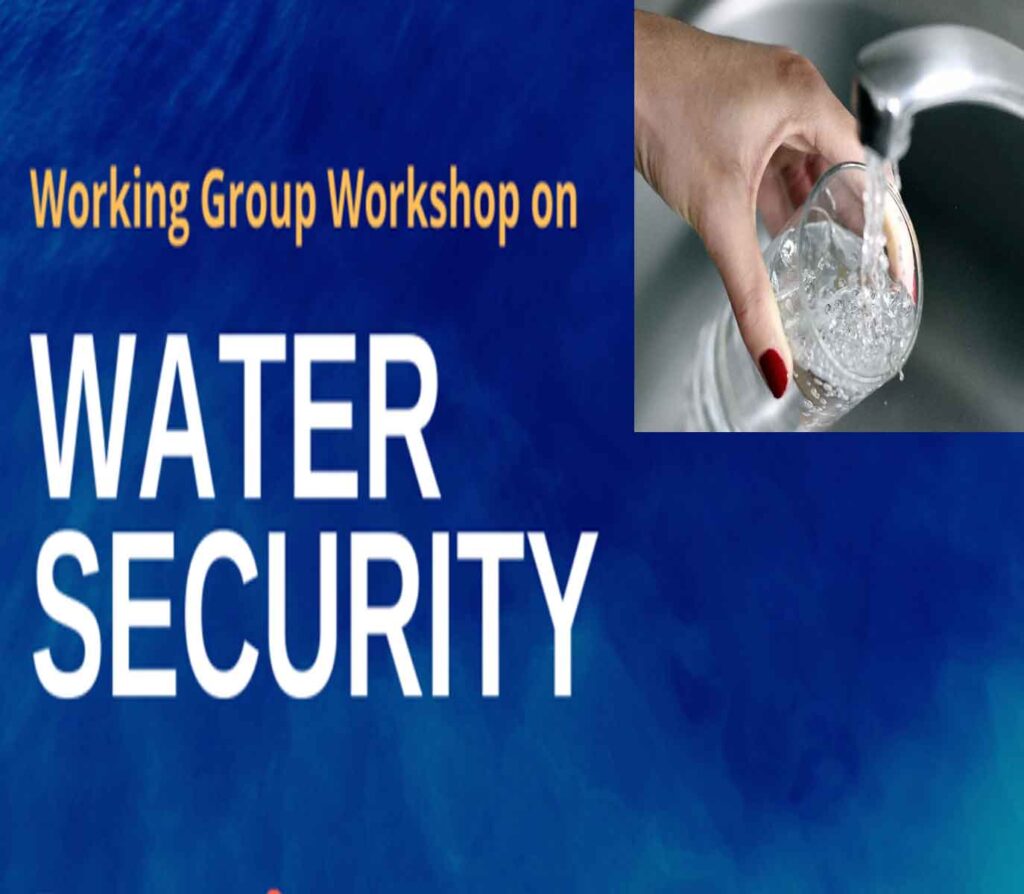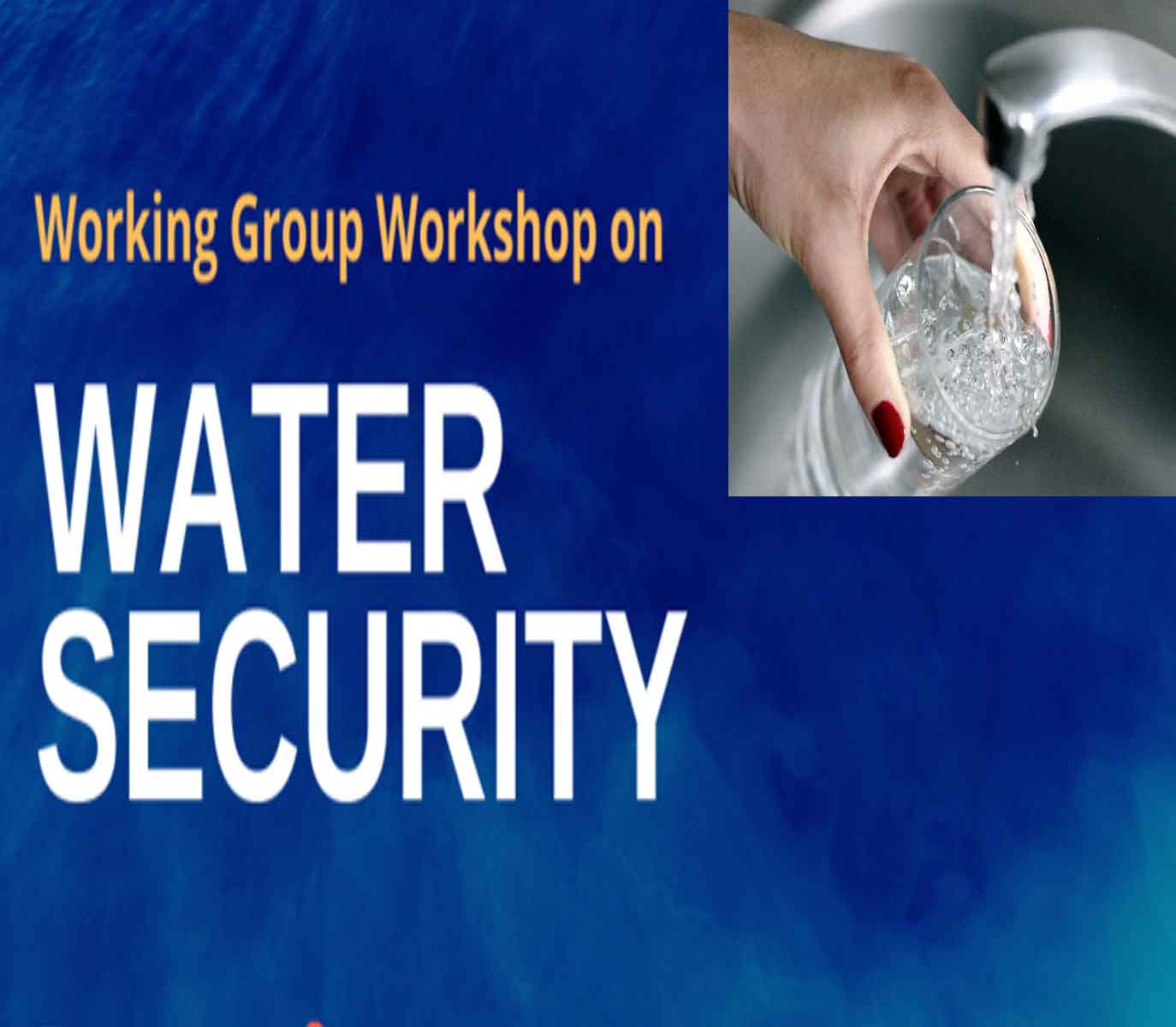
365telugu.com online news,Delhi,july 26th,2021:Water being a State subject, steps for augmentation, conservation and efficient management of water resources are primarily undertaken by the respective State Governments. In order to supplement the efforts of the State Governments, Central Government provides technical and financial assistance to them through various schemes and programmes. Central Government has taken several steps for ensuring water security in various parts of the Country.
Government of India launched Jal Shakti Abhiyan-I (JSA-I) in 256 water stressed districts of the country in two phases between July to November, 2019. Under the Jal Shakti Abhiyan, officers, groundwater experts and scientists from the Government of India worked with State and district officials in these districts to promote water conservation and water resource management by focusing on accelerated implementation of five target interventions, viz., water conservation and rainwater harvesting, renovation of traditional and other water bodies/ tanks, reuse and recharge of bore wells, watershed development and intensive afforestation.

Hon’ble Prime Minister of India launched the “Jal Shakti Abhiyan: Catch the Rain” (JSA:CTR) on 22nd March, 2021, being the World Water Day, with the theme “Catch the Rain – Where it Falls When it Falls” to cover all the blocks of all districts (rural as well as urban areas) across the country during 22nd March, 2021 to 30th November, 2021 – the pre-monsoon and monsoon period. The focused interventions for JSA includes water conservation and rainwater harvesting, renovation of traditional and other water bodies/tanks, reuse and recharge of borewells, watershed development and intensive afforestation.
Atal Bhujal Yojana, a Central Sector Scheme, with focus on community participation, demand side interventions and convergence of ongoing schemes for sustainable ground water management is being implemented from 1 April 2020 in seven States – Gujarat, Haryana, Karnataka, Madhya Pradesh, Maharashtra, Rajasthan and Uttar Pradesh.

The approach of Atal Bhujal Yojana (Atal Jal) is broadly based on the success stories and verified field initiatives by non-government and civil society organizations in community led ground water management in various parts of the country. Atal Jal is focused on sustainable ground water management, mainly through strengthening of the capacity of States to manage their ground water on the one hand, while improving ground water management with community participation through preparation of village level water security plans and convergence of various on-going schemes on the other.
National Water Mission had started a campaign “Sahi Fasal” to nudge farmers to favor agricultural crops which consume less water and to use water more efficiently in agriculture, as a part of demand side management. Drawing excessive ground water for agriculture is one of the main reasons for the depletion of the ground water in many districts.

National Water Mission, in a bid to draw attention to critical aspects of water, and to promote dialogue and information sharing among participants on variety of water related topics, has initiated a monthly seminar series – “Water Talk” on 22nd March, 2019, the World Water Day. The “Water Talk” is intended to create awareness, build capacities of stakeholders and to encourage people to become active participants in the conservation and saving of water. The “Water Talk” provides a platform wherein, among other Water Talkers (which include academicians, bureaucrats, activists, water experts), Sarpanchs and representatives of NGOs also participate and showcase the best practices in water sector in villages and cities / towns across the country. So far 28 water talks have been held.
Department of Water Resources, River Development & Ganga Rejuvenation has instituted National Water Awards and “Water Heroes – Share your stories” contest to incentivize good practices in water conservation and ground water recharge.

Under Har Khet Ko Pani (HKKP) component of PMKSY, Repair, Renovation and Restoration (RRR) of Water Bodies Scheme was launched which aims to revive irrigation potential by improvement and restoration of water bodies by enhancing the tank storage capacity, along with other multiple objectives such as ground water recharge, increased availability of drinking water, improvement of catchment of tank commands etc.Under the Repair, Renovation and Restoration (RRR) of Water Bodies scheme, since 12th plan onwards, 2,228 schemes are ongoing. Further, 1,549 water bodies have been reported to be completed upto March, 2021. Target irrigation potential restoration of these schemes is 1.89 lakh hectare and out of this, 1.31 lakh hectare is reported to be restored till March, 2021.
During 2016-17, ninety-nine (99) on-going major/medium irrigation projects (and 7 phases) under Pradhan Mantri Krishi Sinchayee Yojana (PMKSY) – Accelerated Irrigation Benefits Programme (AIBP) have been prioritized in consultation with States for completion in phases out of which AIBP works of 44 projects have been reported to be completed/almost completed. During 2016-17 to 2020-21, irrigation potential of 22.47 lakh hectare has been reported to be created by these projects in the country.

The Atal Mission for Rejuvenation and Urban Transformation (AMRUT) was launched by the Government of India on June 25, 2015 in selected 500 cities and towns across the country for a period of 5 years i.e. from FY 2015-2016 to FY 2019-2020, which has been extended for completing the grounded projects. The Mission focuses on the development of basic urban infrastructure in the Mission cities in the sectors of water supply, sewerage & septage management, storm water drainage, green spaces & parks and non-motorized urban transport.
The Government of India, in partnership with States, is implementing Jal Jeevan Mission-Har Ghar Jal, which aims at providing potable water in adequate quantity of prescribed quality on regular and long term basis to every rural household including tribal areas of the country through tap water connection by 2024.

Best practices of water conservation by various entities including private persons, NGOs, PSUs etc have been compiled and put on the web site of the Ministry for the benefit of general public. An interactive link on best practices has also been created for receiving inputs from public, which, after necessary evaluation/validation, are put up on the website for the benefit of the public.
Furthermore, Fifteenth Finance Commission (FFC) in its report for 2021-26, has earmarked 60 per cent for national priorities like drinking water supply and rainwater harvesting and sanitation, out of the total grants earmarked for Panchayati Raj Institutions (PRI).For fifty Million-Plus cities, two-thirds of alocation of funds under Challenge Fund of Rs. 38,196 crore is meant for meeting service level benchmarks on drinking water supply, rainwater harvesting, water recycling, solid waste management and sanitation.

The FFC report also emphasises on sustainable and efficient water use and has suggested three ways to reduce and rationalise water use in agriculture: (i) by replacing free or subsidised power supply for agriculture with direct benefit transfers (DBT), (ii) encouraging use of new technologies such as drip, sprinkler, sensor-based irrigation to get more crop per drop, and (iii) by conserving and rainwater harvesting to increase the availability of surface as well as of groundwater. FFC has recommended incentive-based grants to States that maintain and augment groundwater stock and maintain a check on any fall in the watertable.
Some steps taken by the Central Government to control ground water depletion and promote rain water harvesting/conservation are available at the URL
http://jalshakti-dowr.gov.in/sites/default/files/Steps_to_control_water_depletion_Feb2021.pdf
This information was given by the Union Minister for Jal Shakti, Shri Gajendra Singh Shekhawat in a written reply in Rajya Sabha today.

